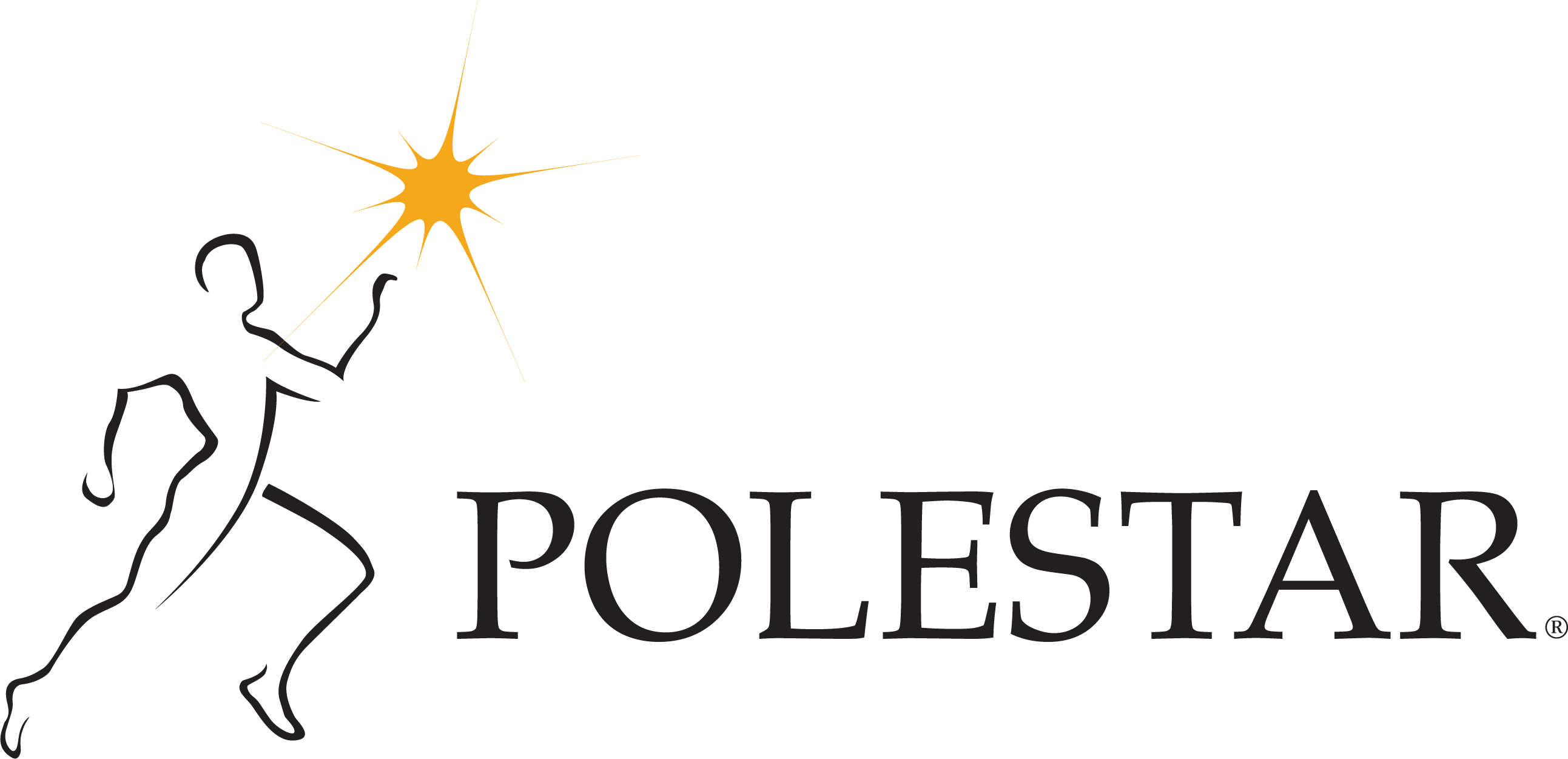
Why Slowing Down Might be Better for your Health and Wellbeing.
Ever since Joseph Pilates opened the first Pilates studio for dancers almost a century ago, Pilates has been widely adopted by people from all walks of life, all over the world. Pilates continues to be one of the most widely adopted forms of exercise to this day. High Intensity Interval Training (HIIT) is a relative newcomer to the exercise scene, and it’s also gaining a huge global following. So which is it better for your health? Pilates or high intensity training?
Here are four reasons why slowing down with Pilates might be better for long term health and wellbeing.
1. You don’t enjoy it
While high intensity training may churn through body fat faster, research also shows that many people simply don’t enjoy it. That can make committing to it more challenging than the exercise itself. The best exercise is the one you do consistently and makes you feel good. Today, as we age, and as people become more aware of their mind, their body, and their soul, Pilates fits.
2. You’re just starting out, or returning from injury
It’s important to gradually increase the intensity and duration of any exercise routine. If you’re new to exercise, or returning from injury, you need to let the body adjust. Going too hard too soon increases the risk of injuries like muscle strain, inflamed tendons, and plantar fasciitis. The most significant point here is that newbies get no additional benefit from pushing too hard. Your body responds to change. In the early days, any degree of resistance and increased circulation is change, and will stimulate results. If you’ve ever hopped on a horse or taken a light run after a long break, you know what I mean! The activity may not have even been that ‘hard’ but it was change enough to result in muscle ‘tearing’ and soreness causing a state of recovery.
We’ve all heard the phrase “No Pain No Gain,” but is that even remotely true?
The results curve for beginners is the steepest because the body adapts quickly to new stimulus. Career athletes have to push a lot harder in all kinds of new ways to maintain their results curve. So if you’re just starting out or returning from injury, love yourself enough to bypass the boot camps for now. Focus on building a strong foundation of fitness and strength with 30 minutes of cardio a day and 2 x private Pilates sessions per week. Start with privates or semi-privates because it’s much easier to tell an instructor about your injuries this way, than to shout them from the back of a class. Keeping your spine ‘neutral’ for an hour is much more difficult than it sounds. Your Pilates teacher will get you into the right alignment, and good habits from the get-go.
3. Your mind and body are stressed
Stress takes different forms, but two of the common ones are mental stress from work, and physical stress from too much intense exercise. Both can lead to chronically high levels of the stress hormone, cortisol. High levels of cortisol can lead to high blood pressure, a suppressed immune system and weight gain, or that feeling that it’s ‘impossible to lose weight no matter what I do’.
Pilates is no longer something people turn to just because they ‘want better abs’.
Pilates promotes body awareness by focusing on correct technique; this part of Pilates isn’t just physical, it’s mental. This degree of focus on the body and the breath can have a meditative effect. It’s a key concept of Pilates called ‘centering’, where the premise is that all movements originate in the core, and are fueled by the breath. Pilates has been linked to enhanced mindfulness and sensory awareness, which helps the body to relax, feel better, and stress less. Engaging in mind-body forms of exercise like Pilates, Tai Chi, or Yoga, will boost your mood, health, and energy levels while lowering your cortisol.
4. You Love your joints and want them to last a lifetime
Love it or hate it, high intensity training is often high-impact training, and that means impact to knees, ankles, hips and your spine. You don’t need to stop high-intensity training, just be sure to include rest days where you go for a swim on one day and take a Pilates class on the other, for example. This will give your body enough time to recover between your high intensity sessions. It’s during your recovery periods that your muscles, bones, ligaments and tendons repair, so this ‘down time’ is the most critical when it comes to your results.
While lower intensity training is kinder to your body long term, it doesn’t mean you can’t enjoy high intensity from time to time. Just be sure to prepare your body with some core strength first, and take a Pilates class if you start to feel exhausted instead of energized from your workouts.
What are your thoughts on high intensity vs. steady state training?
Like the Blog? Sigh up for the Newsletter Polestar Life Weekly




